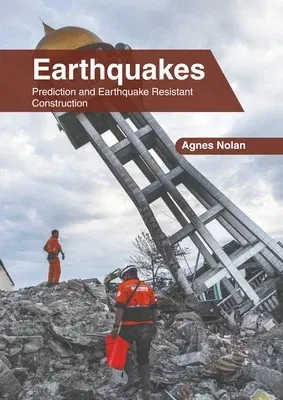The shaking of the surface of the Earth resulting from a sudden release
of energy in the Earth's lithosphere that creates seismic waves is
referred to as an earthquake. They can range in intensity from weak to
violent. They can destroy objects and people, and wreak destruction
across the affected area. The effects of earthquakes are shaking and
ground rupture, soil liquefaction, landslides, fires, tsunami, and
floods. The branch of seismology which focuses on the specification of
time, magnitude and location of future earthquakes within certain limits
is termed as earthquake prediction. Earthquake-resistant construction is
the fabrication of a building or structure that is able to withstand
sudden ground shaking, and minimizing structural damage and human
deaths. Ensuring proper design objectives for earthquake-resistance
requires suitable construction methods. These methods can vary
drastically throughout the world depending on the availability of
resources, labor skills, capital, and technology in a particular area.
This book is a compilation of chapters that discuss the most vital
concepts and emerging trends in earthquake resistant construction. It
elucidates new techniques and their applications in a multidisciplinary
manner. This book aims to equip students and experts with advanced
topics and upcoming concepts in this area.

